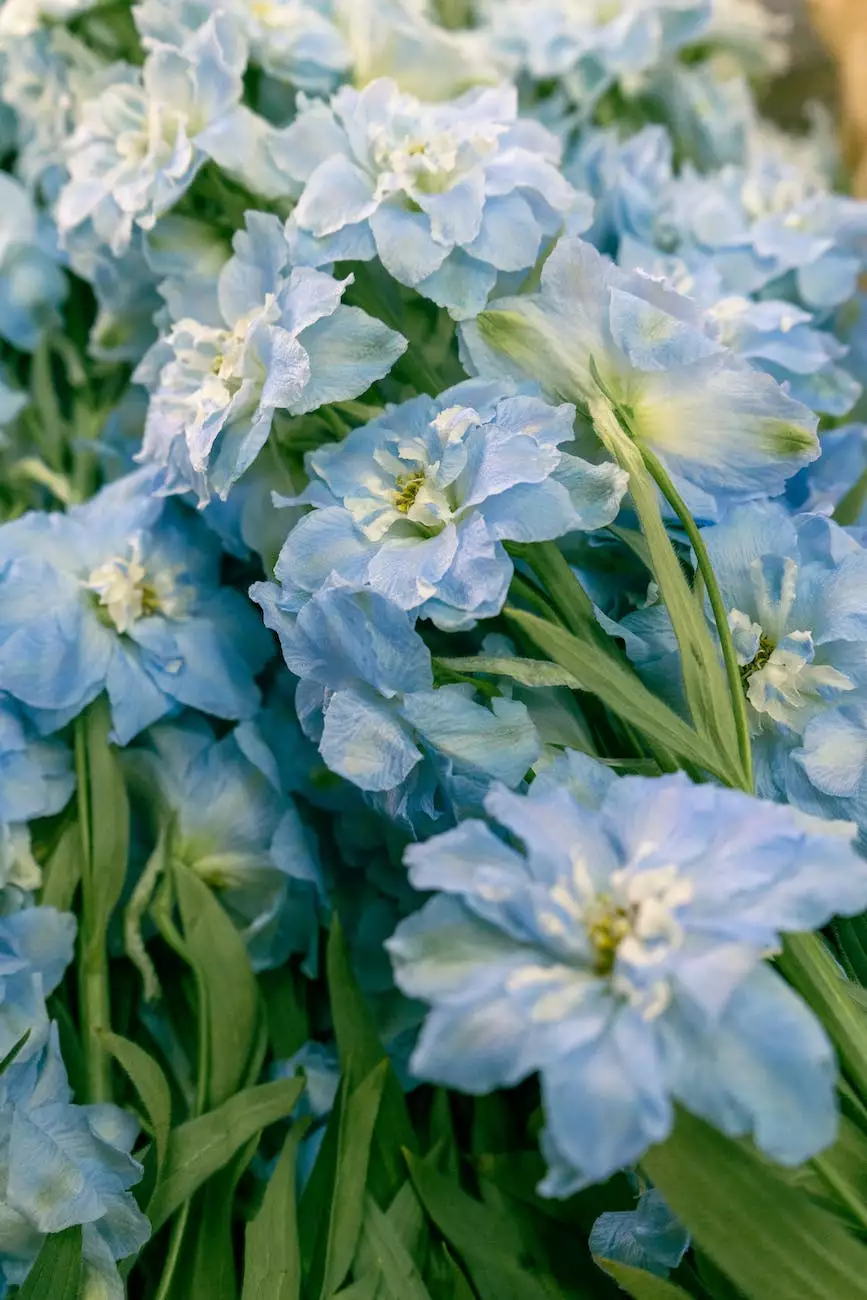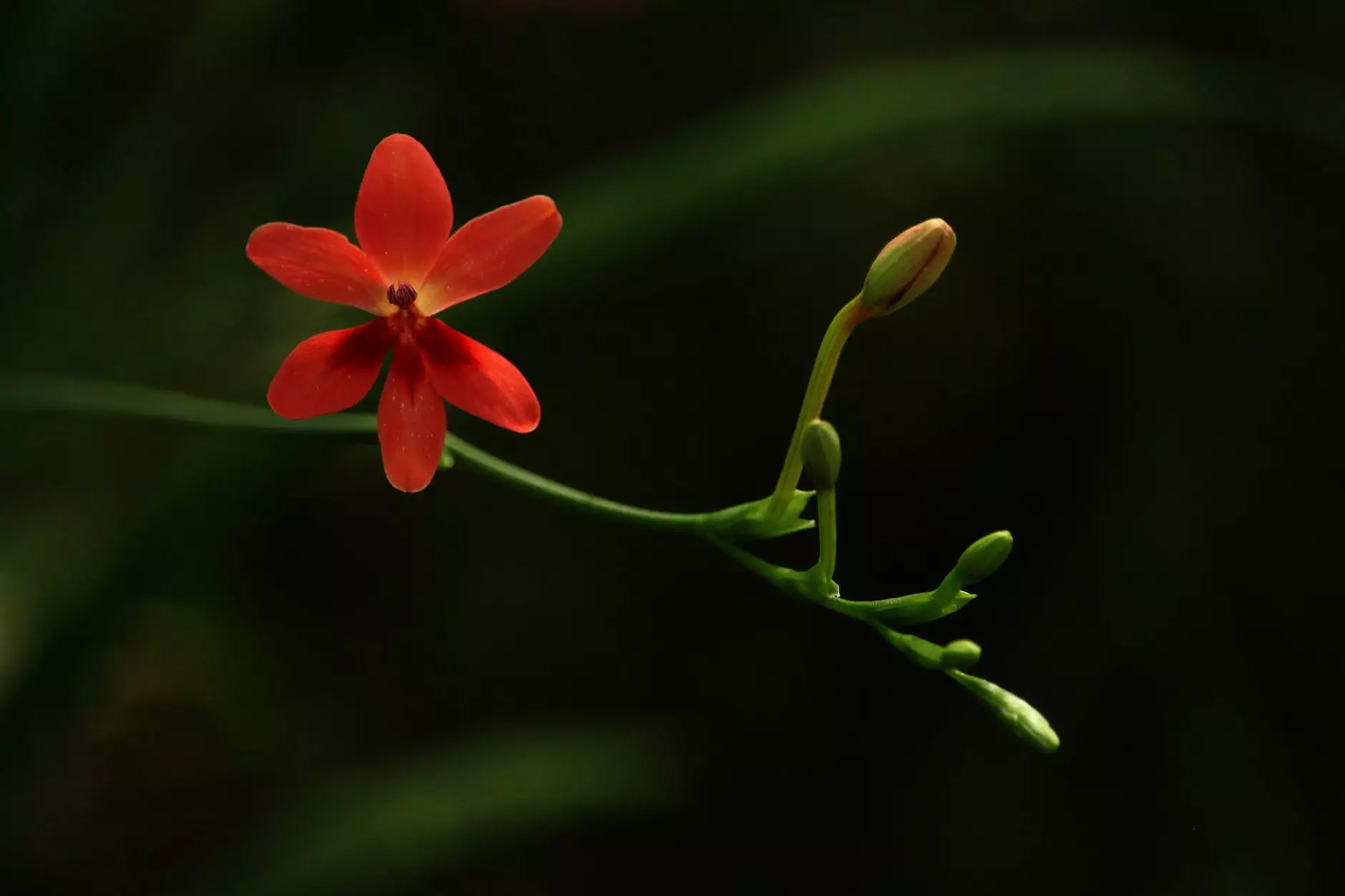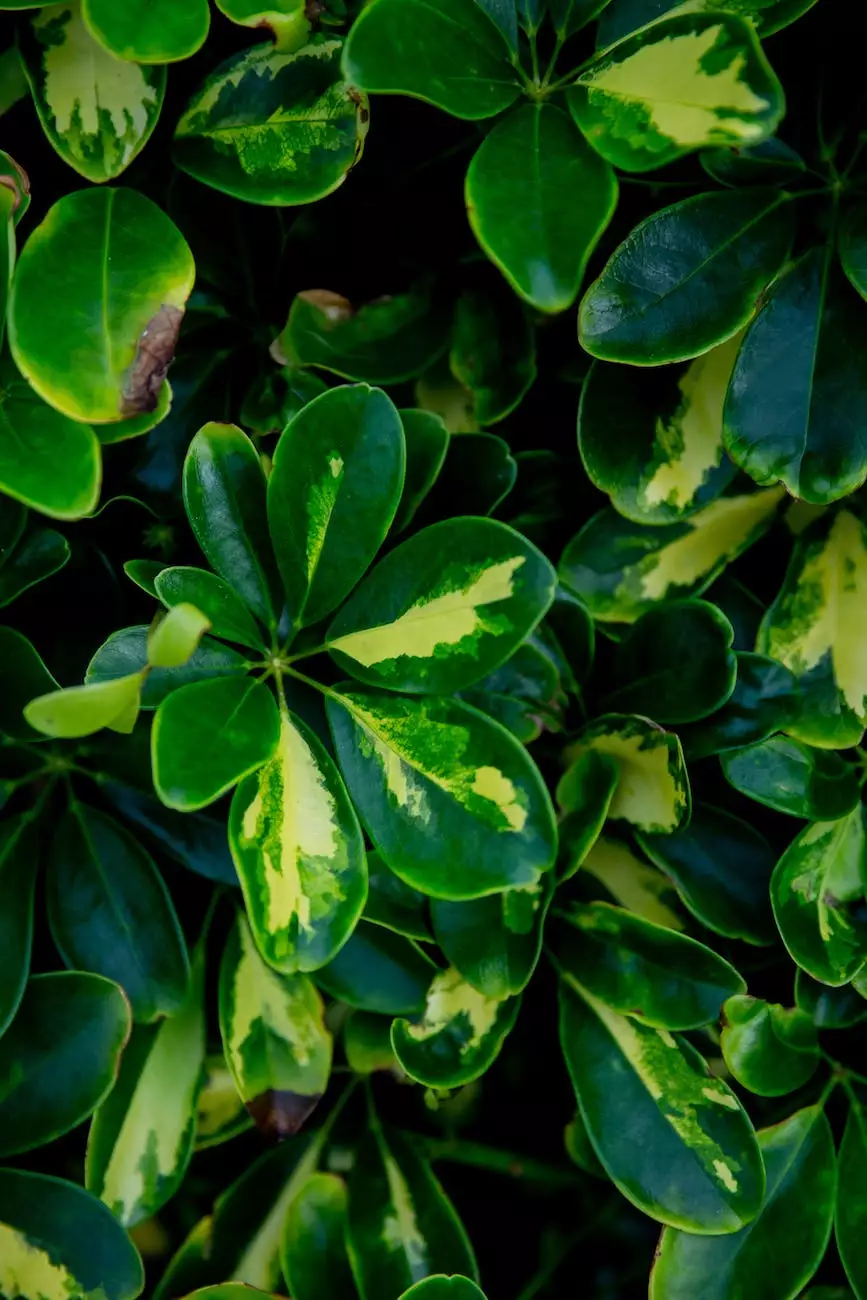Plant of the Week: Agapanthus
Blog
Introduction
Welcome to Southside Fixtures, your trusted source of information on landscaping and gardening. In this edition of Plant of the Week, we'll be exploring the beauty and versatility of Agapanthus.
About Agapanthus
Agapanthus, also known as Lily of the Nile or African Lily, is a stunning flowering plant that belongs to the Amaryllidaceae family. Native to South Africa, Agapanthus is known for its elegant, trumpet-shaped flowers and strappy, evergreen leaves.
Characteristics
The Agapanthus plant typically grows up to three feet tall and possesses long, arching stems that hold clusters of vibrant blooms. The flowers come in various shades of blue, purple, and white, with each individual bloom forming a small globe-shaped cluster atop a sturdy stem.
The foliage of Agapanthus is equally impressive, with long, strap-like leaves forming a dense tuft at the base of the plant. These leaves provide an attractive contrast to the flowers, adding visual interest even when the plant is not in bloom.
Care Tips
Agapanthus is a relatively low-maintenance plant that thrives in full sun to partial shade. Here are some essential care tips to help you keep your Agapanthus healthy and thriving:
- Planting: Choose a well-draining location and dig a hole twice the size of the plant's root ball. Place the Agapanthus in the hole, ensuring the top of the root ball is level with the soil surface. Fill the hole with soil, firming it gently around the plant.
- Watering: Agapanthus prefers medium moisture levels, so water the plant regularly during the growing season. Be cautious not to overwater, as it may lead to root rot. Allow the soil to dry slightly between waterings.
- Fertilization: Feed Agapanthus with a balanced slow-release fertilizer in spring. This will provide the necessary nutrients for healthy growth and abundant blooms. Follow the package instructions for application rates.
- Pruning: Deadhead spent flowers to encourage continuous blooming. Cut back the foliage in late winter or early spring before new growth appears. This helps maintain the plant's shape and promotes fresh growth.
- Winter Care: In colder regions, Agapanthus may require some protection during winter. Mulch around the plant's base to insulate the roots and prevent damage from frost. Container-grown Agapanthus should be brought indoors or placed in a sheltered area.
Uses in Landscaping
Agapanthus is a versatile plant that can enhance various areas of your garden or landscaping project:
- Border Planting: Plant Agapanthus along garden borders or pathways to add a touch of elegance. With its tall flower stalks and vibrant blooms, it creates a stunning visual impact.
- Container Gardening: Agapanthus is well-suited to container gardening. Place potted Agapanthus on a patio, balcony, or entrance to welcome guests with its captivating flowers.
- Cut Flowers: Harvest Agapanthus blooms for stunning floral arrangements. The long-lasting flowers add beauty and elegance to any indoor space.
- Rock Gardens: Due to its ability to thrive in well-drained soil, Agapanthus is an excellent choice for rock gardens. Its architectural foliage and lively blooms bring texture and color to these unique landscapes.
- Mass Plantings: Create breathtaking visual displays by mass planting Agapanthus. Whether it's a small garden bed or a large-scale landscape project, the vibrant flowers will surely draw attention.
Conclusion
Agapanthus is a captivating plant that offers both beauty and versatility to any garden or landscape. Its striking flowers, attractive foliage, and low maintenance requirements make it a popular choice among gardening enthusiasts. Incorporate Agapanthus into your outdoor space and enjoy the vibrant splendor it brings throughout the seasons.
For more information on Agapanthus and other landscaping tips, stay tuned for our upcoming Plant of the Week features. Southside Fixtures is committed to providing you with valuable insights to help you create stunning outdoor environments.









